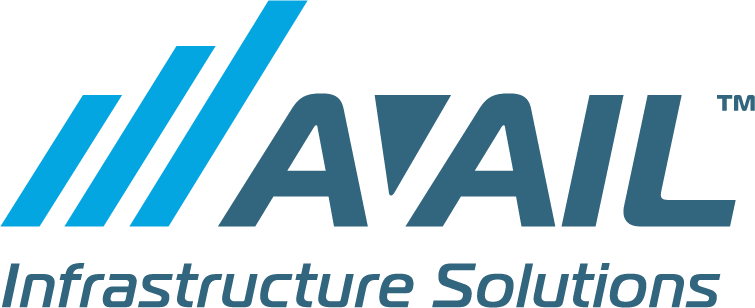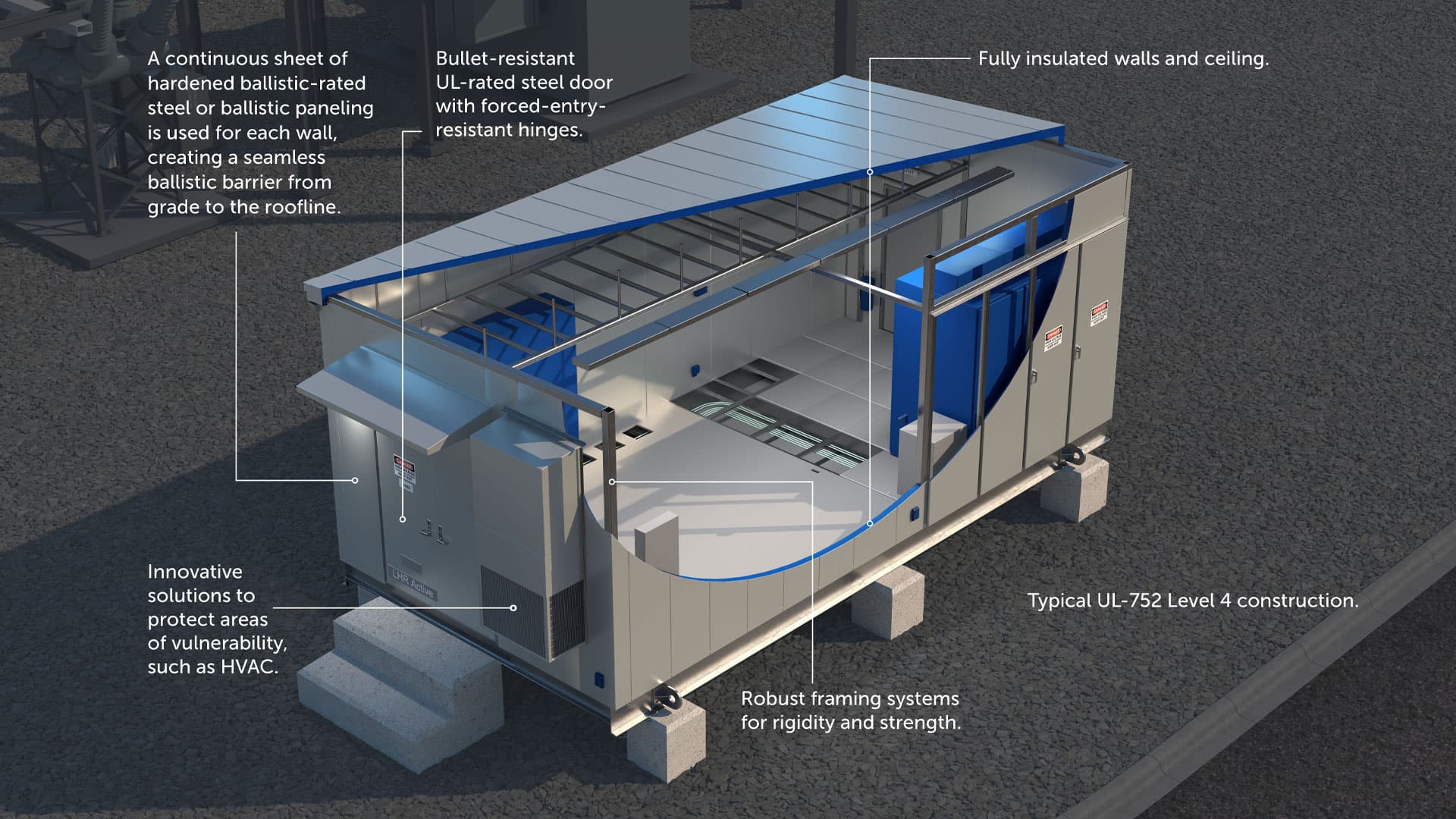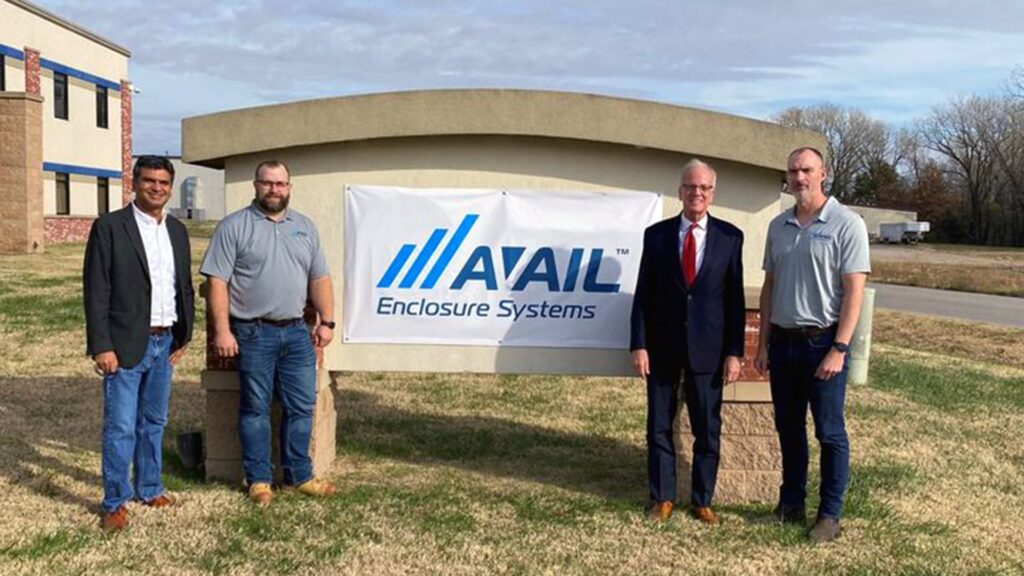Utilities in the United States
The United States’ power generation and transmission system is comprised of three interconnected grids consisting of a wide variety of participants including independent producers, utilities, cooperatives, suppliers and agencies with countless assets serving hundreds of millions of users. According to the US Energy Information Administration (EIA), approximately “4,127 billion kilowatt-hours (kWh) of electricity were generated at utility-scale electricity generation facilities in the United States.”[1] Each of these entities carry responsibility for safeguarding the vast array of assets and manage risks.
Protection of Critical Infrastructure

Security threats against the grid system can have devastating consequences to community welfare and various economies. Due to the increasing hazards, the National Infrastructure Protection Plan (NIPP) was developed by the U.S. Department of Homeland Security (DHS) to manage risk, resiliency and security in critical infrastructures across a number of sectors.[2] Utility security is an integration of national security to reduce vulnerability, deter threats, and minimize the consequences of attacks and other incidents.
Physical Security Standards
One particular risk for prevention is physical attack on critical assets. Following a 2013 shooting attack that disabled and/or destroyed numerous electrical transformers that supply power to Silicon Valley, the CIP-014 standard was issued by NERC. The North American Electric Reliability Corporation (NERC) is a not-for-profit international regulatory authority whose mission is to assure the effective and efficient reduction of risks to the reliability and security of the grid.[3] The standard’s purpose is to identify and protect transmission stations and transmission substations, that if rendered inoperable or damaged as a result of a physical attack could result in widespread instability, uncontrolled separation, or cascading within an Interconnection. Success of critical infrastructure protection (CIP) initiatives relies on robust and significant partnerships built between utilities, agencies, and suppliers. Avail developed a flexible and robust design that provides a superior alternative to concrete buildings.
Avail’s ArmArrest with ballistic resistance technologies
To defend against physical attack where the grid is vulnerable to disruption, Avail introduced ArmArrest™ with multiple design options for various applications including modular data centers, power distribution centers, control centers, and transmission stations. The standard ArmArrest design materials meet the UL-752 level 4 rating used to form bullet-resisting barriers which protect against armed attack but can be customized to meet level 8 ratings. These standard materials include bullet-resistant steel door with forced entry resistant hinges, completely welded ballistic barriers from grade to roof, and corrosion resistance throughout the paintable surfaces. ArmArrest also includes robust steel framing systems and proprietary solutions for exposed areas such as HVAC. As always, Avail’s ArmArrest ballistic resistance e-houses come factory assembled, wired and pre-tested to minimize on-site assembly and associated delays. Now is the time to modernize and protect your critical infrastructure with the strength, resistance, and efficiency of ArmArrest.


Avail Enclosure Systems – Advanced engineering for superior e-house protection
As one of the largest and most experienced specialty enclosure manufacturers in North America, Avail Enclosure Systems is ready to serve your specific needs. From the harshest environments to the most unique applications, our quality and custom-engineered e-houses keep equipment at peak performance and extend operating life. Learn more about our ballistic-rated, bullet-resistant e-houses featuring ArmArrest™ Technology
[1] United States Energy Information Administration – EIA. Retrieved from eia.gov/tools
[2] Department of Homeland Security. National Infrastructure Protection Plan. Retrieved from dhs.gov/xlibrary
[3] The North American Electric Reliability Corporation. Retrieved from nerc.com/aboutnerc



